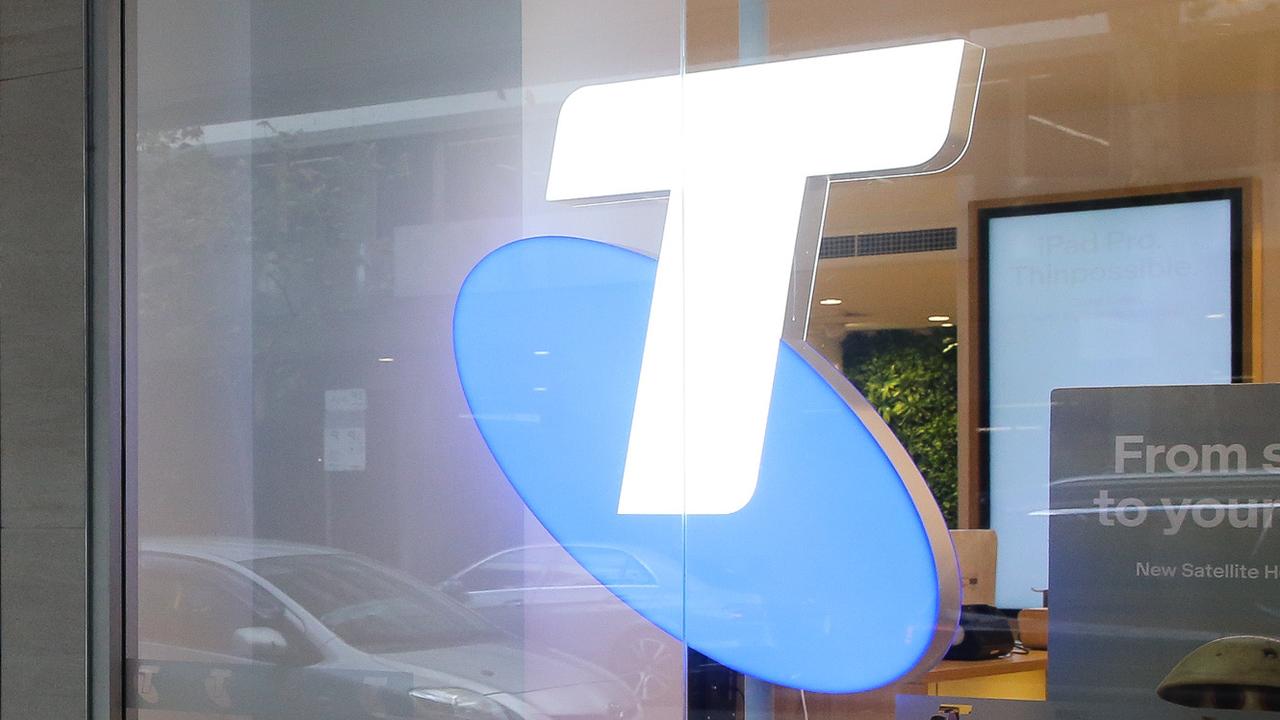More terrible news for Aussie workers as mortgages rise and inflation hits
Conditions facing Australian workers look set to deteriorate badly next year as three factors collide to create a chaotic storm.

Economy
Don't miss out on the headlines from Economy. Followed categories will be added to My News.
Last week, the Australian Bureau of Statistics (ABS) released data suggesting Australia’s labour market is in good health as we head into Christmas.
Australia’s unemployment rate fell to its lowest level since 1974 at just 3.4 per cent in October.
The underemployment rate also fell to only 5.9 per cent – close to its lowest level since 2008.
And the combined labour under-utilisation rate fell to its lowest level since 1982 at just 9.3 per cent.
Separate data from the ABS also revealed that wages grew by 3.1 per cent in the year to September, which was the strongest annual growth since March 2013; although not enough to keep pace with inflation.
While Australia’s labour market is currently travelling nicely, notwithstanding the inflation-induced fall in real wages, there are good reasons to believe that this data represents a high-water mark, and conditions facing Australian workers will deteriorate badly next year.
RBA’s aggressive monetary tightening to slow jobs growth
As everybody with a mortgage already knows, the Reserve Bank of Australia (RBA) has increased interest rates aggressively, lifting the official cash rate (OCR) by 2.75 per cent since May.
This is the fastest rate of interest rate hikes in Australia’s history, and has seen the benchmark discount variable mortgage rate soar from 3.45 per cent in May to 6.20 per cent currently.
How can inflation cause rising interest rates? Read Compare Money's guide >
As a result, average variable mortgage repayments have risen 37 per cent above their level in April before the RBA’s first hike. For a borrower with a $500,000 variable mortgage, this represents an $831 increase in monthly mortgage repayments.
Nearly every analyst is predicting the RBA will lift the OCR by another 0.25 per cent in December.
From there, opinion is divided on the RBA’s next moves. For example, the CBA expects the RBA to remain on hold, whereas NAB expects another 0.5 per cent of tightening, and ANZ and Westpac another 0.75 per cent of hikes.
The table below shows how much variable mortgage repayments would rise if the big four banks’ interest rate forecasts were to come to fruition.
It is important to note that the full effects of the RBA’s monetary tightening have yet to be felt due to an abnormally large number of borrowers that fixed their mortgage rates last year at around 2 per cent. This blunts the initial impact of rate hikes, but also means that monetary conditions will tighten significantly in 2023 as many of these mortgages expire.
Therefore, if the RBA continues to hike, it will not only impact existing variable rate mortgage borrowers, but also huge numbers of fixed rate borrowers who will face a doubling or tripling of their mortgage rates.
In turn, consumer spending will slow materially in the new year as tens of billions of dollars of household income is diverted into mortgage repayments, stunting both jobs and growth.
Record immigration will drive up labour supply
At the same time as the economy will slow in response to the RBA’s aggressive monetary tightening, Australia’s labour supply will grow sharply in 2023 on the back of record-high net overseas migration (NOM).
A key reason why Australia’s unemployment has fallen to its lowest level since 1974 is because Australia lost hundreds of thousands of migrants over the pandemic. Therefore, many of the jobs created went to unemployed Australians rather than migrant workers.
As illustrated in the next chart, Australia’s working aged population is around 430,000 smaller today than it would have been if pre-pandemic migration trends had continued.
The latest federal budget projects that NOM will rebound to 235,000 in the 2022-23 financial year and beyond. This means that Australia’s labour supply will grow strongly in the face of a slowing economy, thereby driving up unemployment and tempering wage growth.
Already there are signs that the federal budget’s NOM projections will be exceeded by a very large margin, given net student and work visa arrivals rose to record levels in the September quarter.
The Albanese Government also last week claimed that it will have reduced Australia’s ‘visa backlog’ by nearly 400,000 by the end of this year and intends to clear the remaining 600,000 strong backlog as soon as possible.
The inevitable result is that Australia will experience unprecedented levels of immigration next year and a large surge in labour supply just as the economy stalls and jobs growth slows to a crawl.
In turn, there will likely be a sharp lift in unemployment and falling wage growth by the end of 2023.
Effectively, there will be more workers fighting for fewer jobs and earning less money.
Leith van Onselen is chief economist at the MB Fund and MB Super. Leith has previously worked at the Australian Treasury, Victorian Treasury and Goldman Sachs.
Originally published as More terrible news for Aussie workers as mortgages rise and inflation hits




